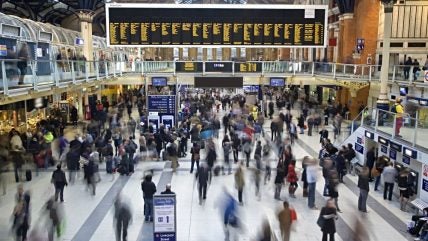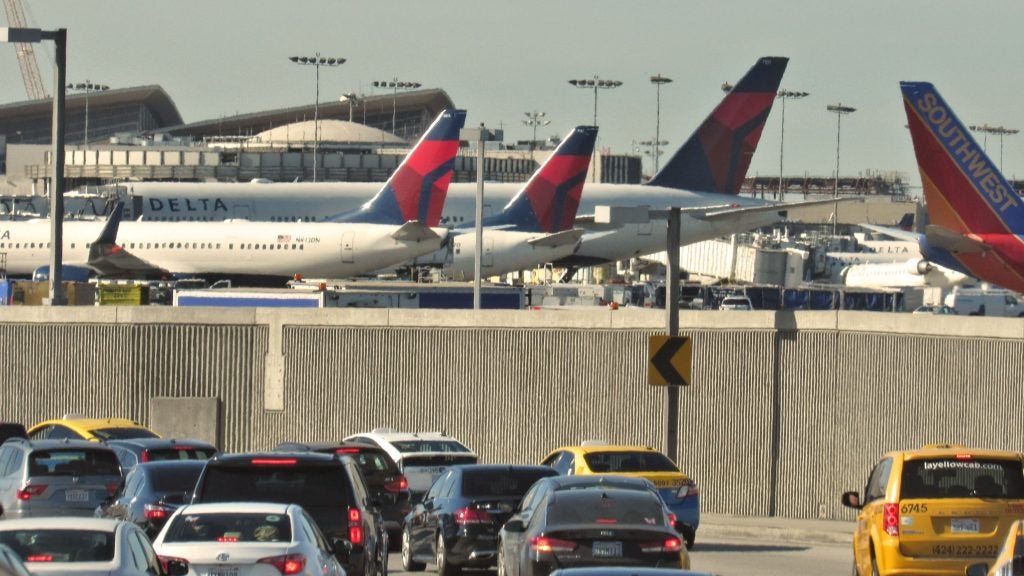
The UK’s Rail Industry Association has published a report which it says makes the case for a “bold and ambitious strategy” for improving the rail network as passenger numbers increase.
Produced by business consultants Steer, the ‘Research on Long-Term Passenger Demand Growth’ showed the likely growth in UK rail passenger numbers by 2050. It found that up to 97% more journeys could be made in 2050, compared to the peak level before the Covid-19 pandemic in 2019.
Its growth prediction was based on compound annual growth rates (CAGR) in four scenarios.
The “base” level of assumed growth, in various sectors of the economy, would see CAGR of 1.6% leading to passenger growth of 37% by 2050. A “sluggish growth” scenario produced a similar figure.
With CAGR of 2.3%, which Steer said could be produced with an improved customer rail offer, would equate to a 63% jump by 2050. This could be achieved with a 1% per year price cut for passenger rail services, made economical by a quick transition to fully electric locomotives
“This scenario assumes that there will be additional growth stimulated by activities and policies that enhance the customer and service offer and provide an attractive product including revenue management, marketing, fares and ticketing,” the Steer report explained.
How well do you really know your competitors?
Access the most comprehensive Company Profiles on the market, powered by GlobalData. Save hours of research. Gain competitive edge.

Thank you!
Your download email will arrive shortly
Not ready to buy yet? Download a free sample
We are confident about the unique quality of our Company Profiles. However, we want you to make the most beneficial decision for your business, so we offer a free sample that you can download by submitting the below form
By GlobalDataThe third, and most radical scenario, has CAGR of 3% and a full growth of 97% compared to peak levels of rail use. This modelling imagined government investment would be redirected, but not cut, to promote behavioural change in the form of a modal shift to rail.
But the key factor in this imagined future is an “external driver” rather than anything proactively achieved by the UK rail sector. The “modal shift from car/air due to green policies/consciousness” is assumed, along with a return to daily commuting and regular business travel.
Darren Caplan, Railway Industry Association CEO, said the report revealed a “huge opportunity” for the industry.
“Under the lowest growth scenario, even if the UK Government does nothing and lets the industry drift along as it is rail passenger numbers still grow by a third in the 25 years to 2050.
“Alternatively, if a future government adopts a bold and ambitious strategy to improve the customer offer and drive some behavioural change, passenger numbers could double by 2050, dramatically increasing revenues. Freight is also likely to grow in this time, with the Government itself setting a 75% growth target over the next 25 years.
“So there is clearly a huge opportunity to expand rail travel, benefiting the UK’s economy and its connectivity, as well as bringing social and decarbonisation benefits. To achieve this, we need to see rail reform and a long-term rail strategy as soon as possible, including a plan for increased north-south capacity, which all rail experts agree will not be delivered under current plans,” Caplan added.







